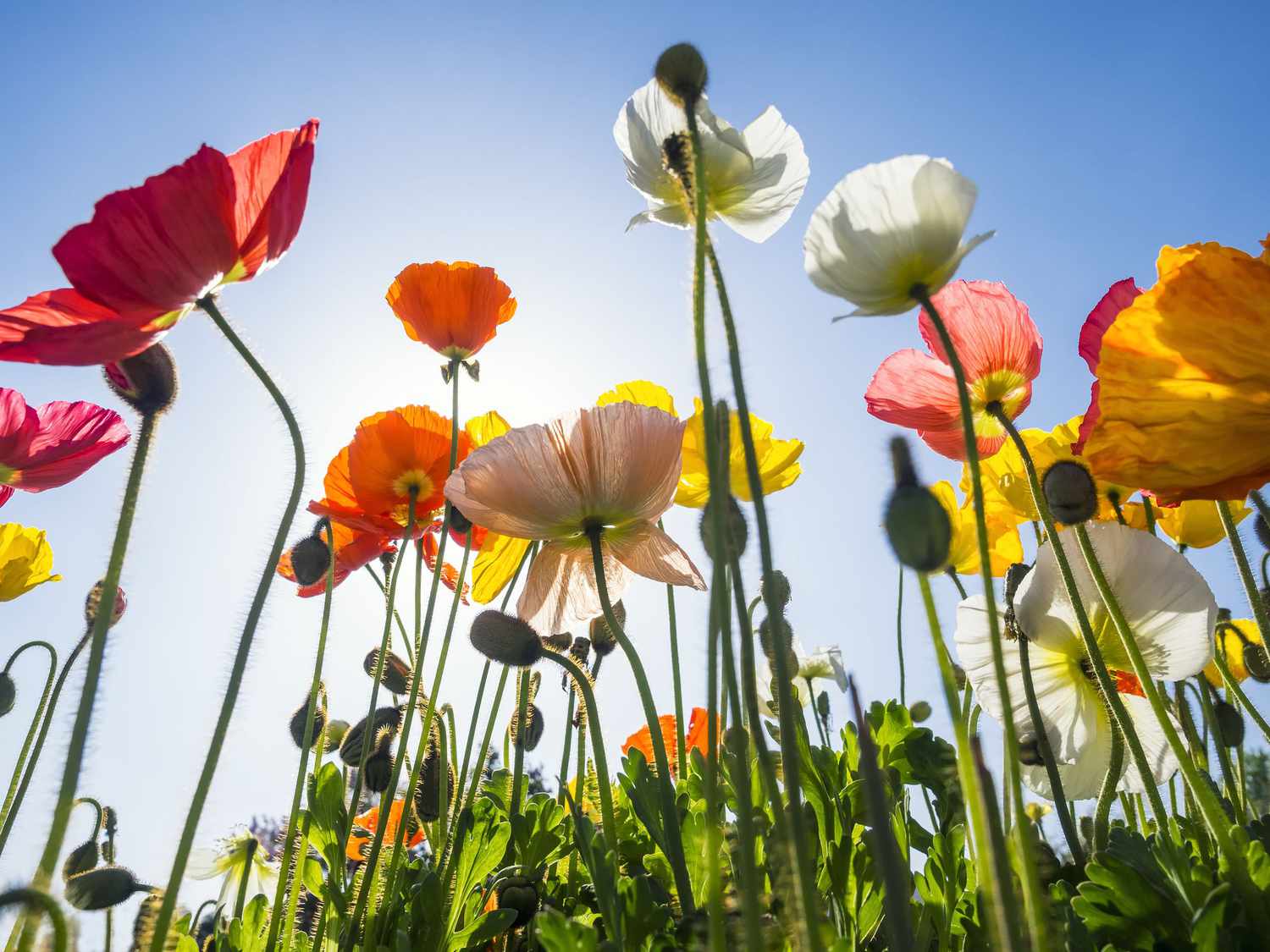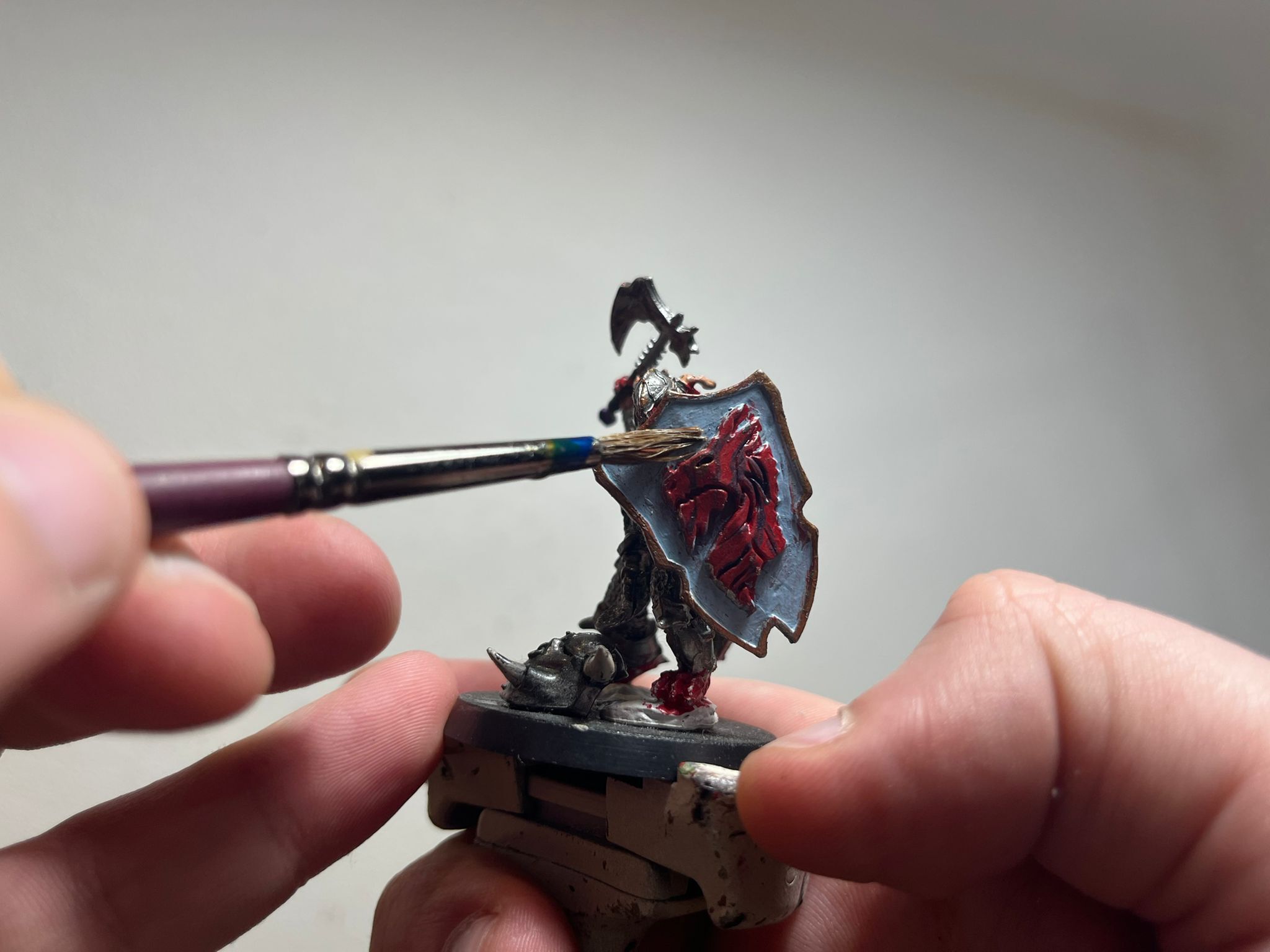
Iceland poppy, scientifically known as Papaver nudicaule, is a captivating and vibrant flower that brings a burst of color to any garden or landscape. It is native to the subpolar regions of Europe, North America, and Asia, particularly in Iceland, where it gets its name. Despite its delicate appearance, the Iceland poppy is a resilient plant that can withstand harsh weather conditions, making it a popular choice among gardeners and flower enthusiasts.
What makes the Iceland poppy truly fascinating are the surprising facts that lie beyond its beautiful petals. From its symbolic meaning to its medicinal uses, there is a lot to discover about this enchanting flower. In this article, we will delve into 14 surprising facts about the Iceland poppy that will leave you amazed and eager to learn more about this captivating plant.
Key Takeaways:
- The Iceland Poppy is a resilient flower with a rainbow of colors, symbolizing hope and perseverance. It attracts pollinators, has medicinal uses, and is easy to grow, making it a versatile and vibrant addition to any garden.
- With its self-seeding ability and adaptability to rock gardens and containers, the Iceland Poppy is a low-maintenance, photographer’s delight that adds joy and beauty to any space.
The Origins of the Iceland Poppy
The Iceland Poppy, scientifically known as Papaver nudicaule, is native to the subpolar regions of Europe and North America. It is a widely cultivated flowering plant that has garnered much attention due to its vibrant colors and delicate petals.
A Rainbow of Petal Colors
One of the most fascinating aspects of the Iceland Poppy is its wide range of petal colors. From brilliant oranges and yellows to delicate pinks and whites, this flower offers a rainbow of hues to brighten up any garden or floral arrangement.
Resilience in Cold Climates
Despite its fragile appearance, the Iceland Poppy is remarkably resilient and can withstand cold temperatures. In fact, it thrives in subpolar climates where many other plants struggle to survive.
Symbolism of Hope and Resurrection
The Iceland Poppy holds symbolism of hope and resurrection in different cultures. Its ability to bloom in harsh conditions has made it a symbol of perseverance and new beginnings.
Pollinator Magnet
The Iceland Poppy is a favorite among gardeners for its ability to attract pollinators such as bees, butterflies, and hummingbirds. These creatures play a vital role in the reproduction of plants.
Popular Cut Flower
Due to its long-lasting blooms and vibrant colors, the Iceland Poppy is a popular choice as a cut flower. It adds a touch of elegance to floral arrangements and can brighten up any space.
Medicinal Uses
The Iceland Poppy has been used in traditional medicine for its analgesic properties. It is believed to have pain-relieving qualities and has been used to alleviate discomfort caused by various ailments.
Cultural Significance
In Iceland, the Iceland Poppy holds cultural significance and is often associated with folklore and legends. It is believed to bring good luck and is commonly featured in traditional celebrations and ceremonies.
Easy to Grow
The Iceland Poppy is relatively easy to grow, making it a popular choice for gardeners of all skill levels. It requires well-draining soil, ample sunlight, and regular watering for optimal growth.
Self-Seeding Beauty
Once established, the Iceland Poppy has the ability to self-seed, meaning it can reproduce naturally without much human intervention. This makes it a low-maintenance option for those looking for a beautiful addition to their garden.
Perfect for Rock Gardens
The Iceland Poppy’s compact size and stunning colors make it an ideal choice for rock gardens. Its ability to flourish in rocky areas adds an element of beauty and vibrancy to these unique landscapes.
Popular in Floral Symbolism
The Iceland Poppy is frequently used in floral arrangements and bouquets to convey messages of joy, success, and celebration. Its vibrant petals and delicate fragrance make it a popular choice for special occasions.
Photographer’s Delight
The Iceland Poppy’s captivating beauty makes it a favorite subject among photographers. Its striking colors and intricate details create stunning visuals that capture the eye and evoke a sense of wonder.
Adaptable to Container Gardening
The Iceland Poppy’s versatility extends to container gardening. Due to its compact nature, it can be easily grown in pots and containers, adding a splash of color to balconies, patios, or windowsills.
Conclusion
The Iceland Poppy is truly a fascinating and beautiful flower that has captured the hearts of many. Its vibrant colors, delicate petals, and unique growth patterns make it a popular choice among plant enthusiasts and gardeners alike. From its origins in the cold and harsh climate of Iceland to its ability to thrive in various environments, this poppy is a testament to nature’s resilience.Whether you’re looking to add a pop of color to your garden or simply appreciate the natural beauty of this flower, the Iceland Poppy will not disappoint. Its surprising ability to self-seed, its medicinal properties, and its symbolic meanings are just a few of the many reasons why this flower continues to captivate people from around the world.So, the next time you come across an Iceland Poppy, take a moment to admire its beauty and remember the intriguing facts that make it such a unique and special flower.
FAQs
Q: How long do Iceland Poppies bloom?
A: Iceland Poppies generally bloom from late spring to early summer, lasting for several weeks. However, with proper care and deadheading, they may continue to bloom intermittently throughout the summer months.
Q: Are Iceland Poppies frost-tolerant?
A: Yes, Iceland Poppies are known for their ability to tolerate cooler temperatures and frost. They can withstand temperatures as low as 20°F (-6°C) and may even continue to bloom in colder climates.
Q: Can Iceland Poppies grow in containers?
A: Absolutely! Iceland Poppies are well-suited for container gardening. Ensure that the container has good drainage and use a well-draining potting mix. Place the containers in areas with ample sunlight and water regularly to keep the soil moist but not waterlogged.
Q: How do I propagate Iceland Poppies?
A: Iceland Poppies can be propagated through both seeds and division. You can collect the seeds after the pods have dried on the plant. Sow the seeds in late summer or early fall, or in early spring for later blooms. To divide the plants, dig up the clumps in early spring and separate them into smaller sections, which can then be replanted.
Q: Are Iceland Poppies toxic to pets?
A: No, Iceland Poppies are not considered toxic to pets. However, it’s always a good idea to monitor your pets around any plants to ensure they don’t chew on them excessively.
Was this page helpful?
Our commitment to delivering trustworthy and engaging content is at the heart of what we do. Each fact on our site is contributed by real users like you, bringing a wealth of diverse insights and information. To ensure the highest standards of accuracy and reliability, our dedicated editors meticulously review each submission. This process guarantees that the facts we share are not only fascinating but also credible. Trust in our commitment to quality and authenticity as you explore and learn with us.


